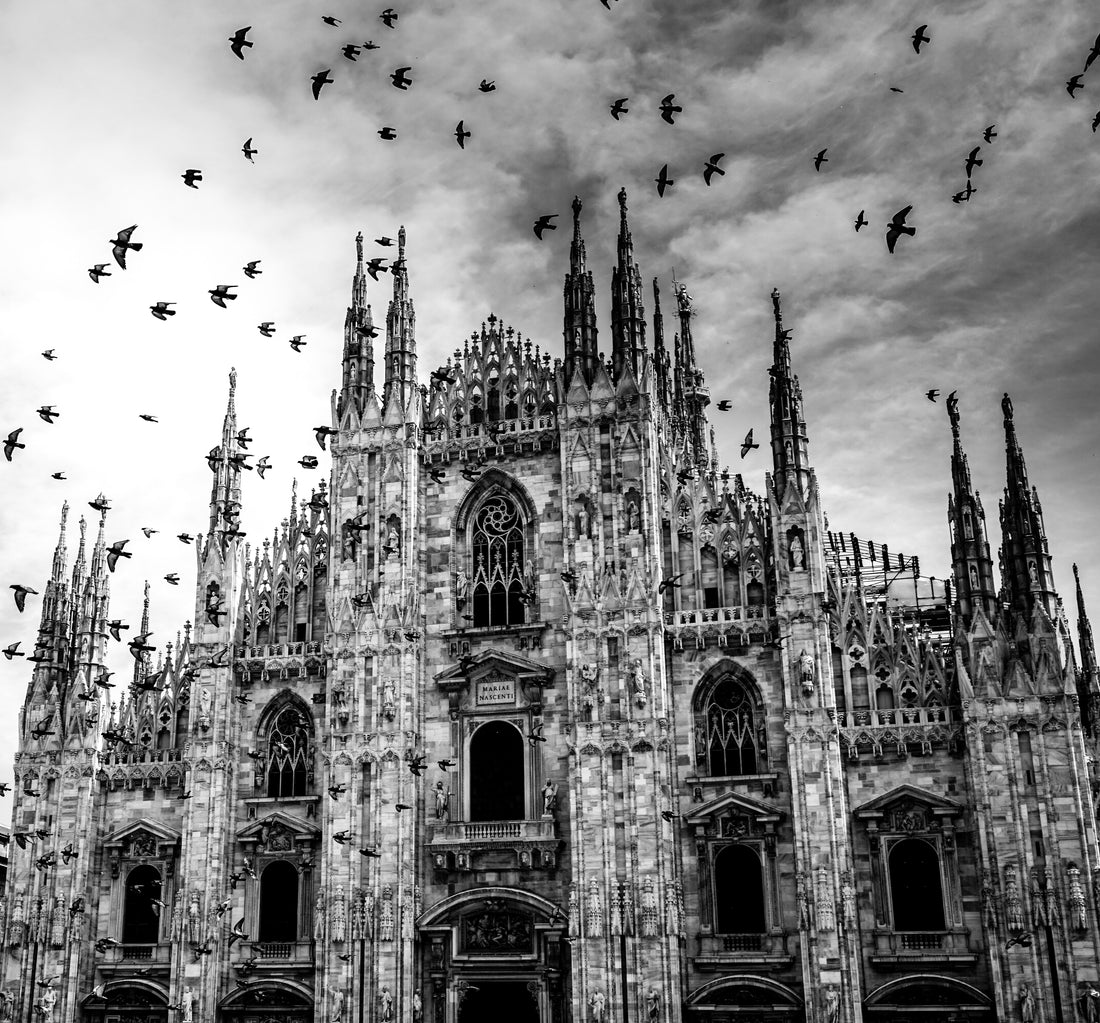
Unveiling the Mystique: A Fascinating Journey through the History of Gothic Culture
Share
Introduction:
Gothic culture has long captivated the imaginations of individuals seeking dark aesthetics, alternative music, and a sense of mystery. The allure of gothic subcultures has remained steadfast throughout the years, drawing in devoted enthusiasts from around the world. In this blog post, we embark on a detailed exploration of the history of gothic culture, shedding light on its origins, evolution, and enduring impact on contemporary society. Join us on this captivating journey that unveils the mesmerizing world of gothic culture.
- The Origins of Gothic Culture:
The roots of gothic culture can be traced back to the 18th century, emerging as a response to the Romantic era's fascination with the supernatural, macabre, and mysterious. Influenced by Gothic literature and architecture, the early gothic enthusiasts embraced a fascination with darkness, melancholy, and introspection. The works of influential authors such as Mary Shelley, Edgar Allan Poe, and Bram Stoker played a pivotal role in shaping the gothic subculture's aesthetic and thematic elements.
- Gothic Fashion and Style:
One of the most recognizable aspects of gothic culture is its unique fashion and style. Goths express their individuality through elaborate outfits characterized by dark clothing, intricate lace, corsets, leather, and an array of accessories like chokers, studs, and Victorian-inspired jewelry. The gothic fashion scene continues to evolve, encompassing diverse sub-styles such as Victorian goth, cybergoth, romantic goth, and nu-goth, providing enthusiasts with a range of options to embrace their preferred aesthetics.
- Gothic Music:
Gothic culture found its voice in the form of alternative music, which has played a crucial role in shaping the subculture. Bands like Bauhaus, Siouxsie and the Banshees, The Sisters of Mercy, and The Cure pioneered the gothic rock genre, characterized by haunting melodies, introspective lyrics, and atmospheric soundscapes. Over time, gothic music diversified, giving rise to sub-genres like darkwave, industrial, and ethereal wave, further expanding the musical landscape of the gothic subculture.
- Gothic Art and Literature:
Art and literature have been instrumental in shaping and reflecting the gothic culture throughout history. From the haunting paintings of Caspar David Friedrich to the eerie stories of H.P. Lovecraft and the uncanny illustrations of Edward Gorey, gothic art and literature provide an immersive experience, delving into the realms of the macabre, the supernatural, and the subconscious. This rich artistic tradition continues to inspire contemporary gothic artists, writers, and illustrators who contribute to the ongoing evolution of the subculture.
- Gothic Subcultures and Community:
Gothic culture has fostered a vibrant and supportive community worldwide. Goths connect through social events like clubs, festivals, and conventions, allowing enthusiasts to embrace their shared interests and engage in meaningful conversations. Online platforms and forums have also provided a space for goths to connect, share their creations, and discuss topics ranging from fashion and music to literature and art. This sense of belonging and community is a vital aspect of gothic culture's enduring appeal.
Conclusion:
The history of gothic culture is a tapestry woven with elements of literature, art, fashion, and music. Rooted in the Romantic era's fascination with the dark and mysterious, gothic culture has evolved over the centuries, leaving an indelible mark on contemporary society. With its distinctive fashion, diverse music genres, and rich artistic traditions, gothic culture continues to attract individuals seeking self-expression, alternative aesthetics, and a sense of belonging. By understanding its fascinating history, we can appreciate the enduring allure of gothic culture and the vibrant community it has nurtured.
So, whether you're a seasoned goth or merely curious about this captivating subculture, delve into the mysterious realm of gothic culture, embrace the shadows, and unlock a world of creativity and self-expression.




